
The clock is ticking on third-party cookies. With users demanding more privacy, programmatic advertising is undergoing a seismic shift. Publishers like you are scrambling to find ways to maintain the value of your ad inventory without compromising on user trust.
ID bridging offers a potential bridge during this transition – it helps you sustain revenue while taking important steps towards a privacy-first, cookieless future.
We’ll be talking about ID Bridging and it’s benefits from a publisher perspective in this post.
ID Bridging lets you package and target segments of your audience in a privacy-conscious way, making your inventory more attractive to advertisers even in a cookieless environment.
ID bridging connects the dots between different user identities without relying entirely on third-party cookies. Here’s how it works in a simplified way:
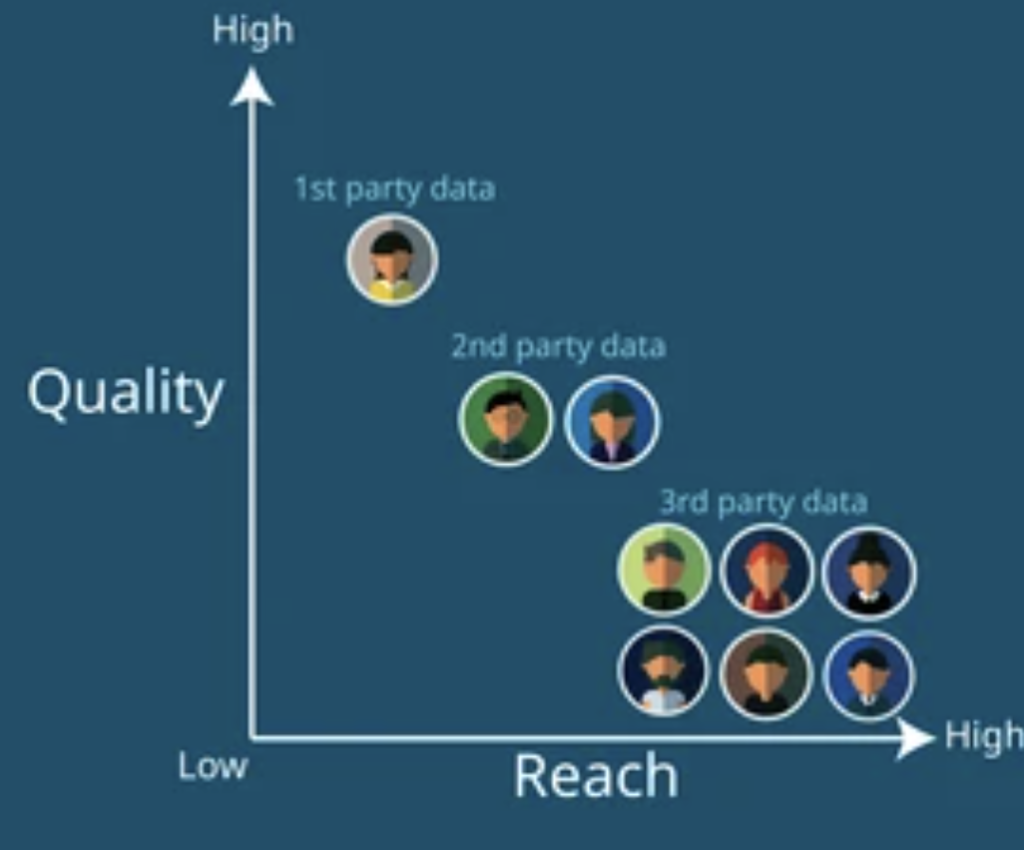
Deterministic: This is the most accurate method. It relies on direct, persistent identifiers like a hashed email address that remains the same across devices. These authenticated solutions are powerful but require users to log in on multiple browsers.
Probabilistic: This is more common in ID bridging. It analyzes a combination of signals (IP address, device type, browsing behavior) to infer that different browsing profiles likely belong to the same individual. It offers a wider scale but is less precise than deterministic methods.
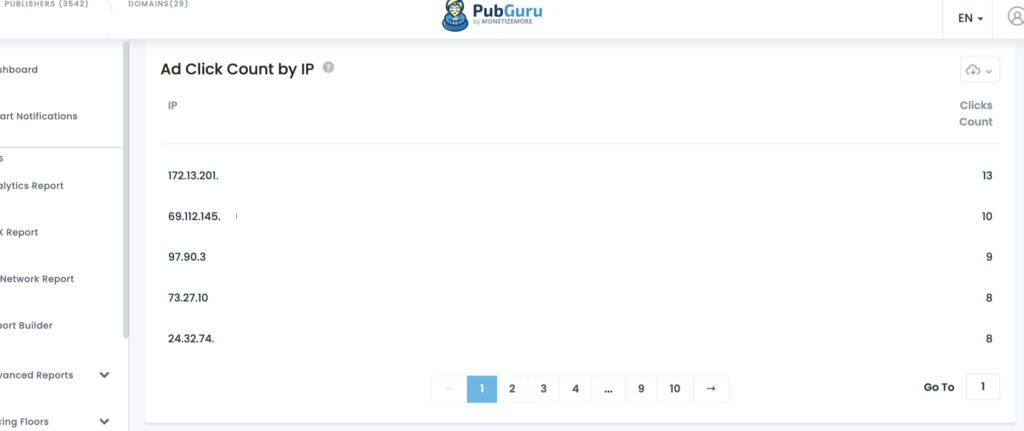
It’s not about selling ID bridging as a perfect replacement for cookies. Transparency and collaboration are vital. By showing advertisers your proactive approach to privacy and data-driven targeting, you build valuable partnerships for the future.
While ID bridging offers significant value for publishers, it’s important to understand advertisers’ potential reservations and be prepared to address them openly:
Advertisers heavily invested in third-party cookies may be skeptical about new solutions.
Third-party cookies have been the standard, but the landscape is rapidly changing. To stay competitive, we need to adapt. ID bridging is vital in the cookieless transition, helping maintain targeting capabilities while regulations tighten.
Some advertisers may worry about compliance in the new privacy landscape.
Reassurance: ID bridging encourages publishers to prioritize building their own first-party data relationships, which puts the user relationship at the forefront, unlike the often opaque world of third-party data collection. Many ID bridging solutions rely on hashed or anonymized identifiers. This means users’ personal information isn’t directly shared with advertisers.
ID bridging might have a smaller reach than cookie-based solutions.
Reassurance: While the initial reach may be smaller than cookie-based tracking, investing in ID Bridging is crucial now. ID bridging solutions primarily operate within the trusted environment of a publisher’s site. Users can make informed choices about data collection and the types of ads they see.
1-Deterministic ID bridging solutions are offered by companies like LiveRamp offering highly accurate targeting options.
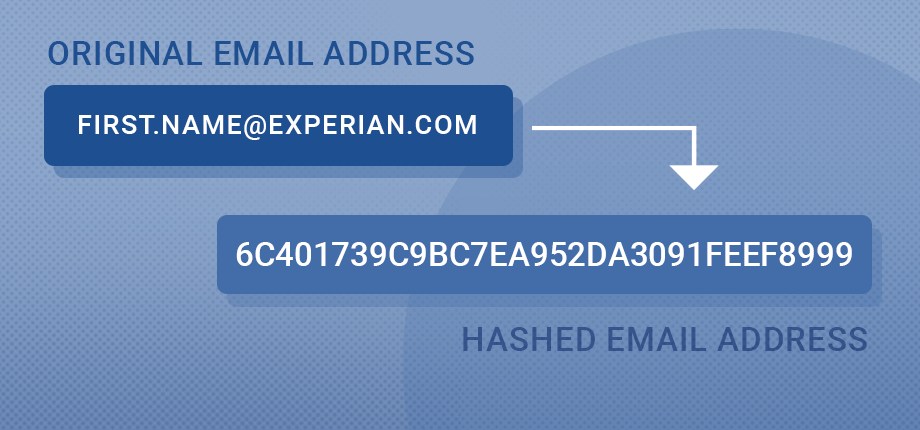
Here, emails are hashed for privacy, creating an anonymous identifier. LiveRamp matches these hashed identifiers with their identity graph of other hashed emails (sourced from brands, other publishers, etc.).
2-Companies like the Trade Desk, ID5, and many others offer probabilistic ID Bridging Solutions.

It works with a broader pool of users than login-based solutions. Even with less precision, it’s far better for targeting than having no IDs.
Here, advanced algorithms analyze these signals to create probabilistic user IDs. These IDs group impressions with similar attributes across different devices or browsers with a reasonable degree of probability.
ID bridging is a powerful tool in the publisher’s arsenal, but it’s vital to remember that it’s a bridge across a turbulent time, not the ultimate destination.
A multi-pronged strategy is crucial for long-term success as the cookieless future unfolds. This means combining ID bridging solutions with robust contextual targeting, investing heavily in first-party data collection, and potentially exploring data clean room solutions.
Publishers who are proactive today, experimenting with new technologies and prioritizing privacy will be the ones who not only weather the storm of change but emerge stronger.
The future of advertising is privacy-centric, and by embracing ID bridging as one piece of the puzzle, publishers can ensure their inventory remains desirable, and their business models thrive. Let’s thrive together now!

With over ten years at the forefront of programmatic advertising, Aleesha Jacob is a renowned Ad-Tech expert, blending innovative strategies with cutting-edge technology. Her insights have reshaped programmatic advertising, leading to groundbreaking campaigns and 10X ROI increases for publishers and global brands. She believes in setting new standards in dynamic ad targeting and optimization.
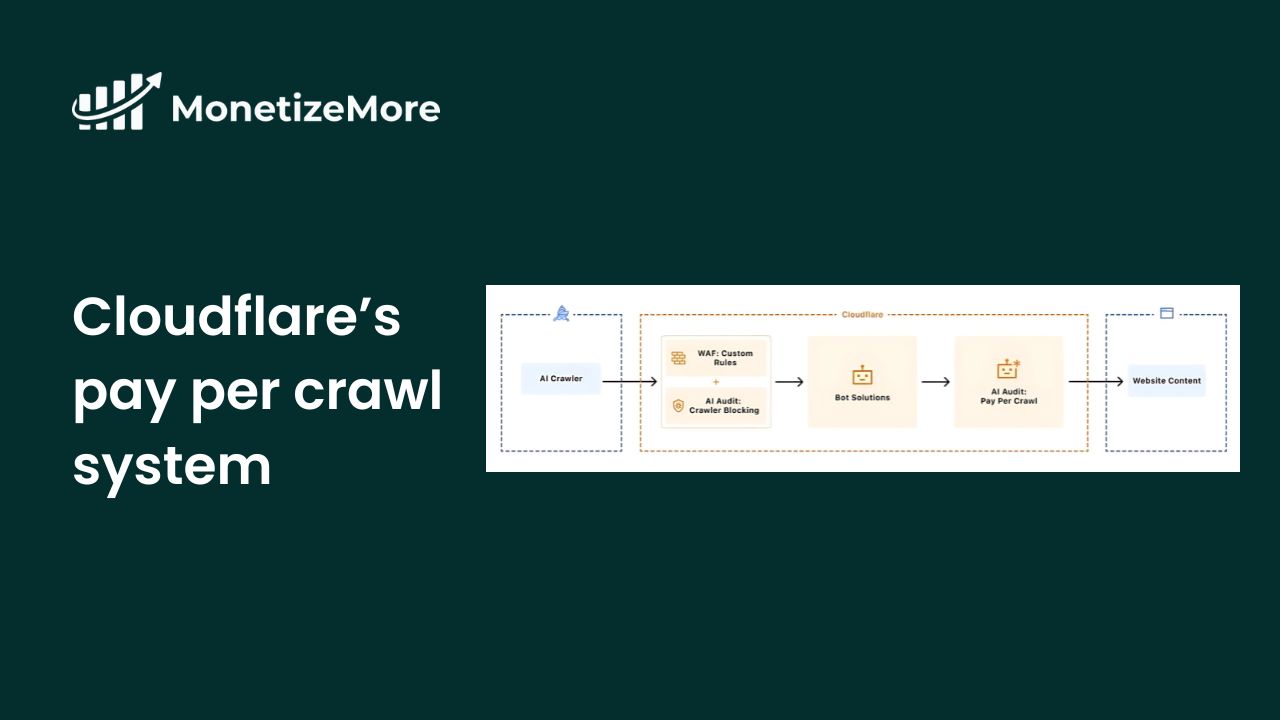
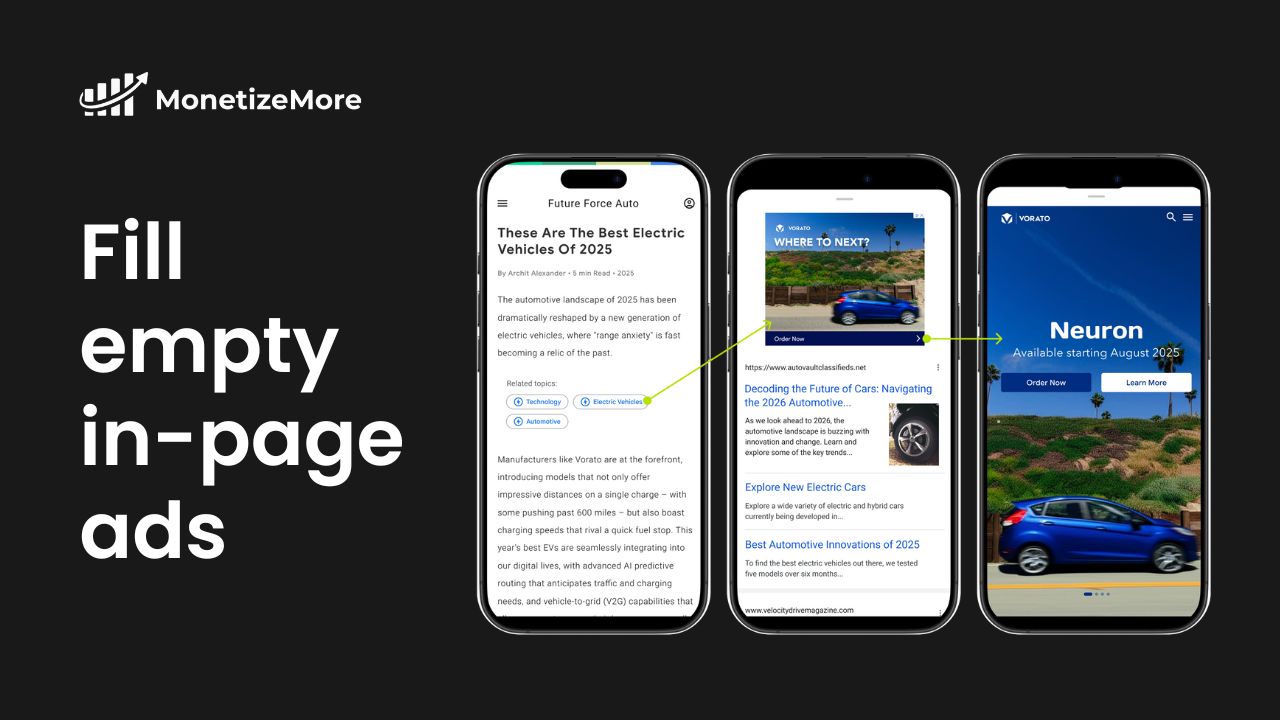
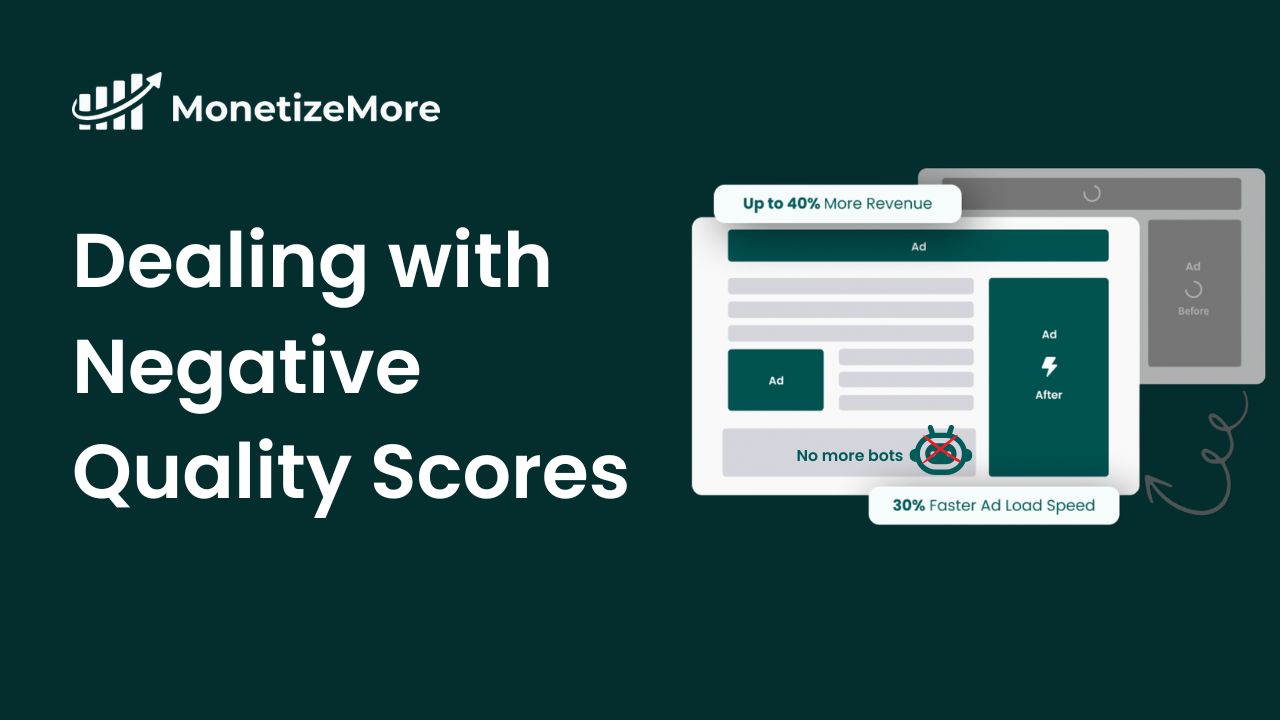
10X your ad revenue with our award-winning solutions.